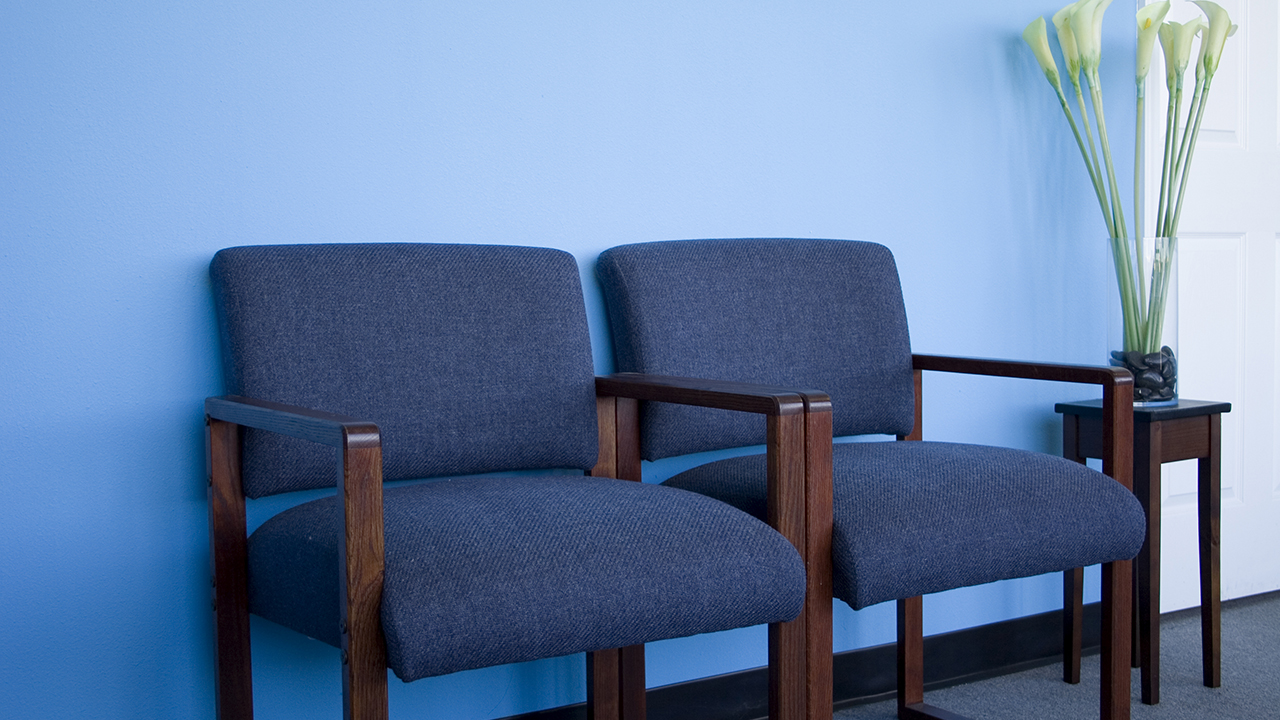Abortion rights, women of color, and LGBTQIA+ people are under attack. Pledge to join us in fighting for gender justice.
Wage Gap for Women Does Not Budge for Two Years in a Row, Being a Woman Still Increases the Odds of Being Poor in America, and Number of People Insured Holds Steady

(Washington, D.C.) For women across all races, the wage gap did not decrease by even one cent in 2017 and even increased for some, according to new analysis released today by the National Women’s Law Center (NWLC). The wage gap between women of color and white, non-Hispanic men increased by as much as 2 cents. Women made up nearly two-thirds of the elderly poor, and female-headed families with children were more likely to be poor than both male-headed or married couple households. Over 90 percent of women continue to have health insurance, thanks to the Affordable Care Act (ACA), but over 13 million women remain uninsured.
Wage Gap in 2017:
- The wage gap between women of color and white, non-Hispanic men increased in 2017.
- For Black women, the gap increased to 39 cents in 2017 from 37 cents in 2016.
- For Latinx women, the gap increased to 47 cents in 2017 from 46 cents in 2016.
- For Asian women, the gap increased to 15 cents in 2017 from 13 cents in 2016.
- Just like last year, women working full time, year-round were paid just 80 cents for every dollar paid to their male counterparts in 2017.
Health Insurance and Medicaid Coverage in 2017:
- Despite 92 percent of women and girls having some health insurance in 2017, over 13 million women remained uninsured.
- The uninsured rate for non-elderly adult women has dropped to 11 percent in 2017 from 17 percent in 2013.
- Just under 17 million non-elderly adult women relied on Medicaid in 2017, up almost 3.4 million since the ACA was implemented in 2013.
“It’s telling that millions of people across the country are still insured through the Affordable Care Act – despite the Trump Administration’s aggressive attacks against it,” said Gretchen Borchelt, NWLC Vice President for Reproductive Rights and Health. “The Administration has done everything in its power to sabotage the health care law – from narrowing the open enrollment period to slashing the budget for promotion and education. Today’s data show that people are holding on tight to their insurance because their lives depend on it. The President and his Supreme Court nominee, Judge Kavanaugh, must take heed. Judge Kavanaugh has been critical of the ACA and could vote to overturn protections for people with pre-existing conditions. If he is confirmed, he could jeopardize life-saving insurance for millions of people.”
Poverty in 2017:
- Almost 16 million, or one in eight women 18 and older, lived in poverty in 2017.
- Women made up nearly two-thirds of the elderly poor in 2017, with the poverty rate for elderly women at 11 percent.
- Thirty-four percent of female-headed families with children were poor in 2017, compared to 16 percent of male-headed households and six percent of married-couple families.
“Trump’s claims that America has won the war on poverty couldn’t be further from the truth, especially for women,” says Anna Chu, NWLC Vice President for Strategy and Policy. “Being a woman still increases the odds of being poor. Nearly one in eight women is poor. Sixty-three percent of the elderly poor are women. And more than one in six children live in poverty—with more than half living in families headed by women.
“With economic uncertainty still high for too many families, programs and services that help them are key. In 2017, Social Security lifted 27 million people out of poverty, refundable tax credits boosted 8.3 million people out of poverty and the Supplemental Nutrition Assistance Program (SNAP) kept 3.4 million people out of poverty. Today’s data should send a distress signal to politicians that they must invest in child care, expand tax credits for working families, and protect programs and services that help families meet basic needs. Millions of people across the nation can’t wait any longer.”
NWLC will continue to update its analysis here.
###
For immediate release: September 12, 2018
Contact: Maria Patrick ([email protected])
The National Women’s Law Center is a non-profit organization that has been working since 1972 to advance and protect women’s equality and opportunity. The Center focuses on major policy areas of importance to women and their families including economic security, education, employment and health, with special attention given to the concerns of low-income women. For more information on the Center, visit: www.nwlc.org.




